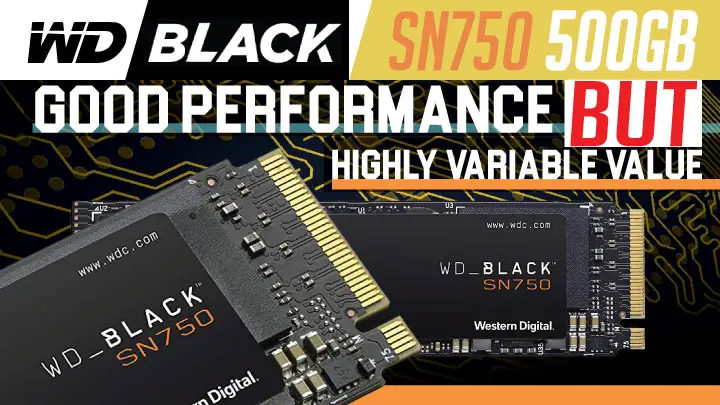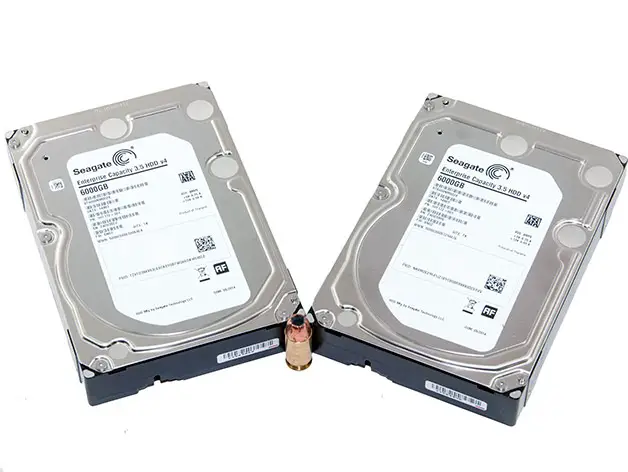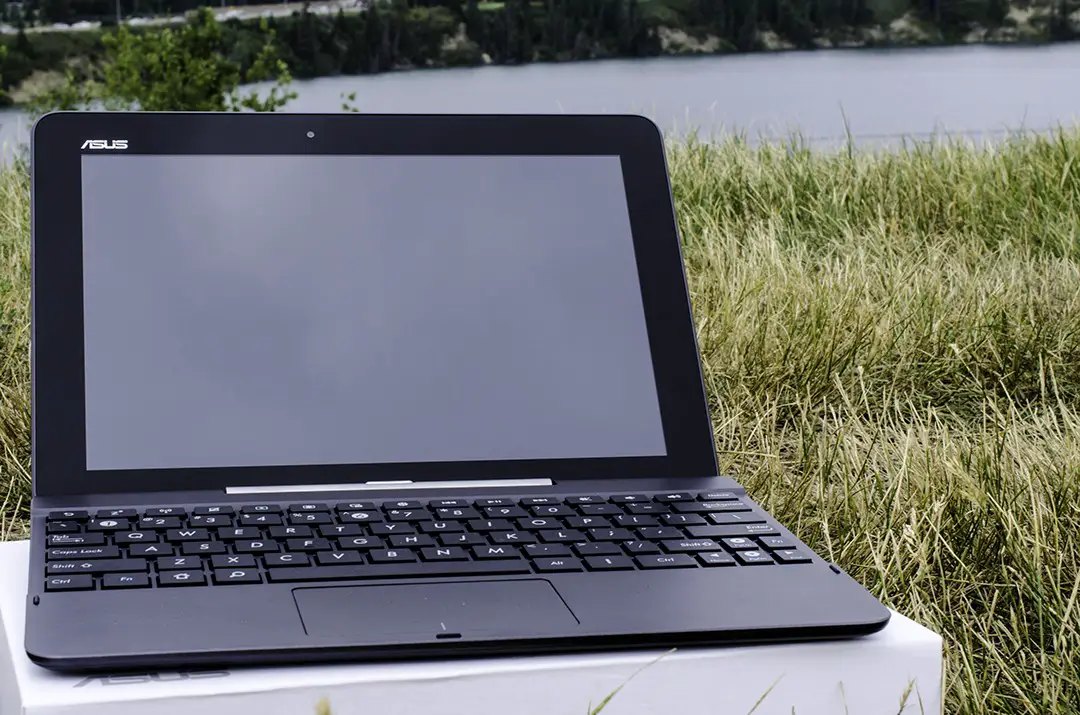Let us start with one caveat. We are not testing, nor comparing in an ‘apples to apples’ manner. In a perfect world the Western Digital SN750 1TB would not be as… over-priced as it is. Since it is, we had to step down to the 500GB variant when we went to purchase a sample for this review. As such we do need to make it clear that the WD SN750 500gb variant highlighted in this review is slower at write operations than the 1tb capacity version. As such we do have to do a smidgen of prognosticating when trying to compare and contrast it against the Silicon Power P34A70 1TB. With that said our recommendations are based on dealing with solid state drives since the days of JMicron being ‘king’ and before Intel even thought about releasing their X-25M series… but we could be wrong. So do not take our recommendations as written in stone.
With that taken care of a few obvious trends did become quickly noticeable throughout testing. Firstly, in ‘out of the box’ configurations the western digital 750 series will offer better sequential performance that the Phison E12 based drives. It however is going to be slightly slower as an operating system and application drive compared to the E12 drives… even though the SN750 consistently had lower latency. Basically, the Silicon Power P34A80 will be a better ‘C drive’ and the SN750 makes a better ‘D drive’ or ‘games drive’.
This makes perfect sense as the SN750’s controller is older and WD in an effort to extended its lifespan did just use tweaked firmware to different the SN750 from the earlier (aka last gen) SN720 series. Whereas the Phison E12 is a newer controller using all the latest tricks known to date. Equally important is while the SN750 has refined firmware, Phison’s new E12’s firmware is still a ‘work in progress’. So it is possible a firmware update in the future could make the E12 even better… but the SN750 is basically already maxed out.
On the surface this does make choosing one over the other rather easy. Pick the model that best suits the job at hand: an E12 based model for Operating System duties, and a SN750 for everything else. Unfortunately, complicating matters are two modifiers that need to be taken into consideration before making your decision. The first is that the Silicon Power P34A80 simply smokes the WD SN750 in overall value as it costs a whopping 33 percent less. That is significant. So much so that you could purchase a heatsink for the Silicon Power P34A80, get noticeably improved performance and still have a chunk of change left in your pocket. Conversely for only 50 percent (aka sixty dollars) more than the W.D. SN750 500GB you can get a one Terabyte P34A80. This large difference in price has to be taken into calculations before deciding on one over the other.
Counteracting this perceived lack of value is the WD 750 is a single sided drive with an innovative layout, whereas the SP P34A80 is a typical dual sided M.2 drive. What this means is the SN750 is easier to cool and less likely to thermally limit in the real world. As such if you are looking for the best overall value the choice is clear. Get a Phison E12 based drive and pick up a heatsink for it. If performance is more important, but budget is still an issue (as otherwise get an MLC or even Intel Optane 900 series drive), get the WD SN750 heatsink edition. Either way these two series have a lot to offer and it is hard to wrong with either option. Just understand that with both options proper cooling is going to be necessary in order for them to perform up to expectations.
The Review
W.D. SN750 500GB
The Western Digital SN750 may still pack quite a punch, but the fact of the matter is the controller it uses is getting a tad outdated to justify its asking price. Especially when combined with ‘last generation’ BiCS 3 TLC NAND.











